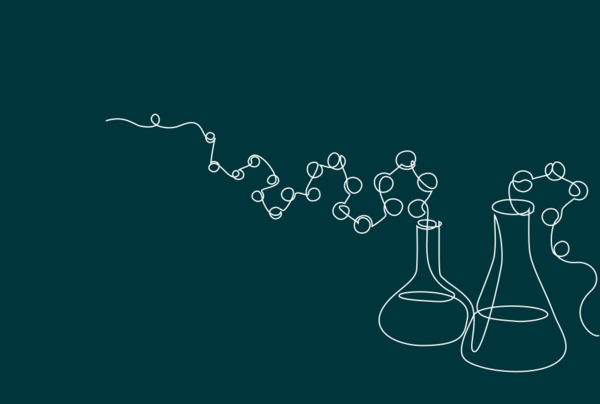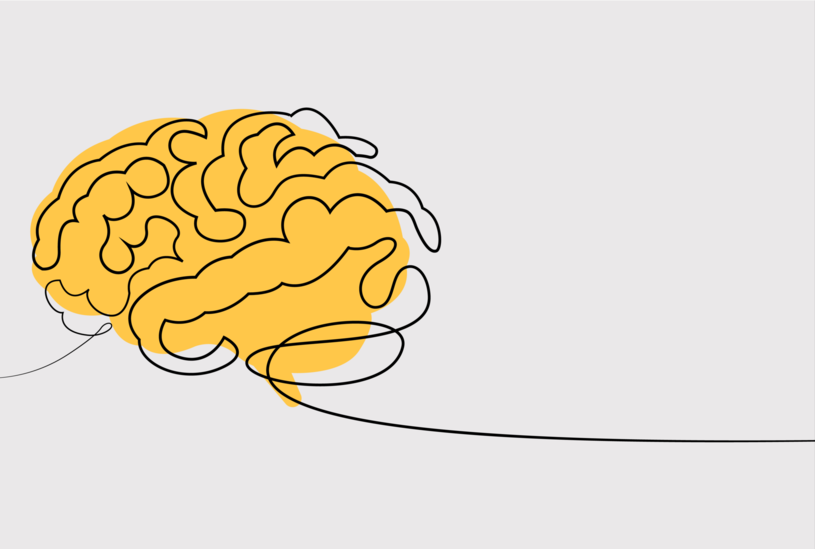The Department of Neuroscience at the Medical University of South Carolina comprises 23 faculty members and their associated lab groups. It employs about 120 individuals dedicated to discovering how the brain works both in healthy and diseased conditions and educating the next generation of research scientists and physicians. The department has particular strengths in the research areas related to neurodevelopmental disorders, substance use disorders, in vivo brain imaging, and neurodegeneration, including Alzheimer’s Disease.
The department houses the Neuroscience Graduate Program, an innovative training program for Ph.D., M.D./Ph.D. and Master’s Degree candidates, and the MUSC Brain Research Institute (MBRI), a center of research, training, outreach, and advocacy that promotes neuroscience research across MUSC, the state, and the nation. The department currently houses two NIH T32 pre- and postdoctoral training grants (NIDA and NIAAA), a NIH P50 Center of Excellence (Charleston Opioid Center on Addiction), a NIGMS P20 COBRE (COBRE on Neurodevelopment and Its Disorders), and it manages the MUSC Center for Biomedical Imaging, an advanced imaging facility for human and animal research.








